Book: Chamberlin Powell & Bon
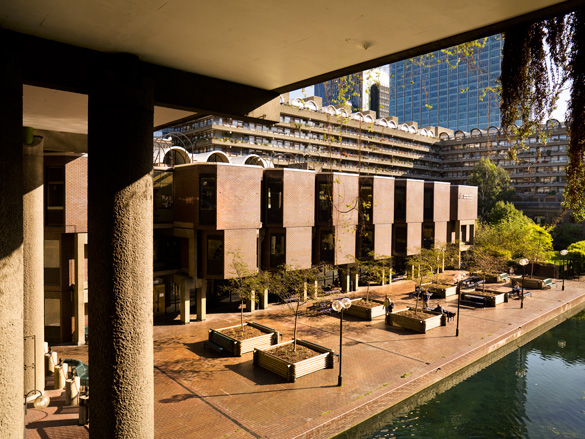
The panoramic view from the Wallpaper* offices takes in the elaborate concrete tips of the three Barbican towers - Lauderdale, Cromwell and Shakespeare. Against a backdrop of glass, steel and cranes, these Brutalist hunks have endured for decades, slowly but surely becoming one of the capital's most desirable contemporary addresses.
Elain Harwood's new monograph for the RIBA traces the story of the practice behind them - Chamberlin, Powell & Bon - from its establishment in 1952 by Peter Chamberlin, Christof Bon and Geoffry Powell, through to the seemingly endless rounds of negotiations and redesigns that came to characterise the Barbican job, some three decades in the making.
CP&B met at Kingston University, with their influences and interests gradually converging throughout the late 1940s and early 1950s, partly driven by the impending Festival of Britain and its importance to the creative classes.
The practice's first project was the Golden Lane Housing in the city of London, still held up as an exemplar of how to build decent, affordable, spacious and well-loved flats, and there were also major works at New Hall and Churchill College in Cambridge, as well as the grey, expansive but expressive campus at Leeds University.
The Barbican still stands supreme, however, as a symbol of optimism and self-confidence as well as a stark reminder of the power wielded by a blank slate. Today, there are few modern global cities that could offer up such a site, giving the muscular buildings a uniqueness that might never be repeated. Harwood's monograph benefits from her extensive experience of post-war British architecture and familiarity with many of the key players of the era.
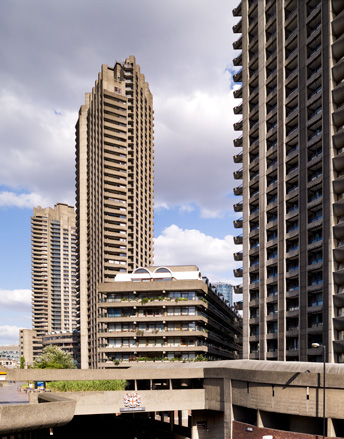
Lauderdale, Cromwell and Shakespeare, the three towers of Barbican by Chamberlin, Powell & Bon
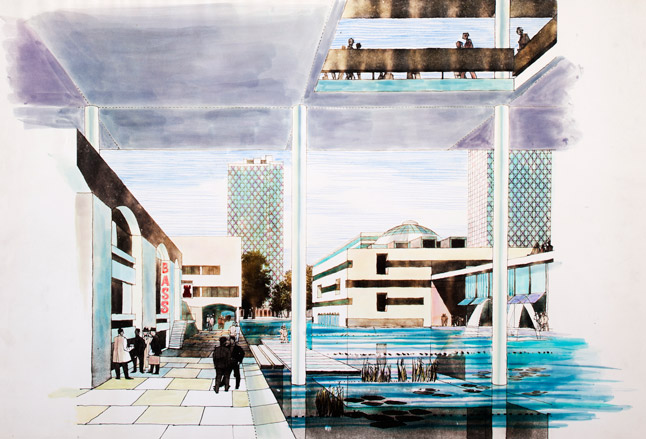
A perspective from 1956, suggesting the intended vibrancy of Barbican, but with very different elevations from those realised later
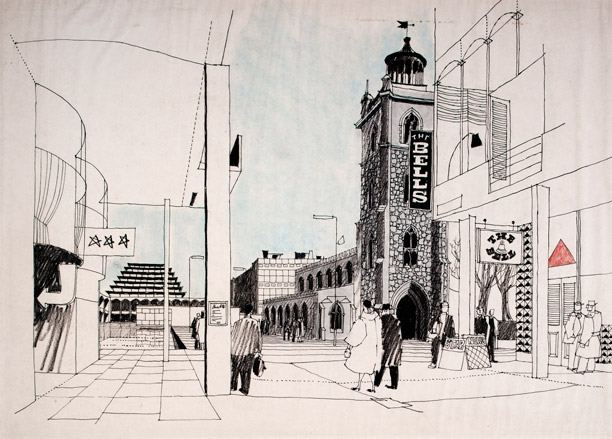
The first Barbican scheme, from 1955, pyramidal block of flats to rear left
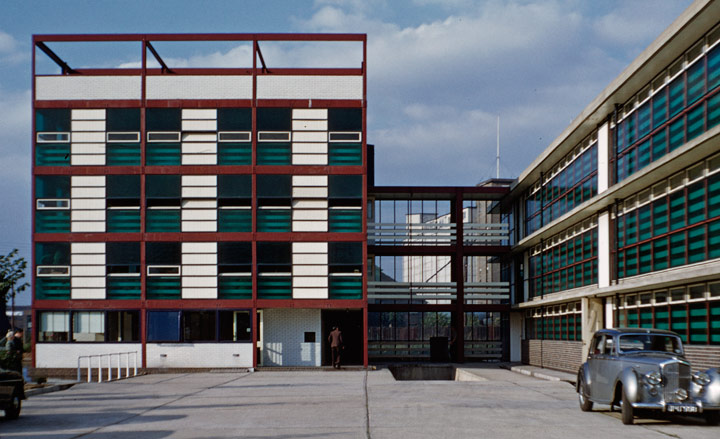
The Cooper Taber Seed Factory, Withan, C. 1957. An early example of work by Chamberlin, Powell & Bon
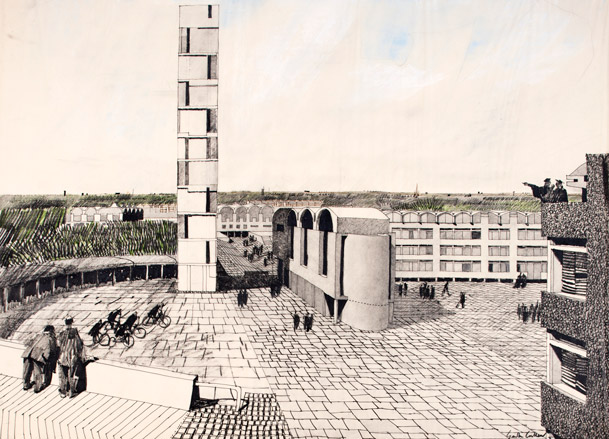
Churchill College Competition, persepctive by Gordon Cullen
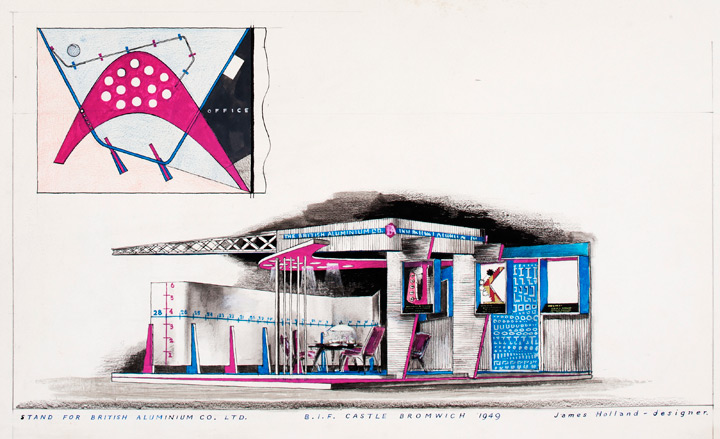
Exhibition stand for the British Aluminium Company, 1949, by Brown and Chamberlin
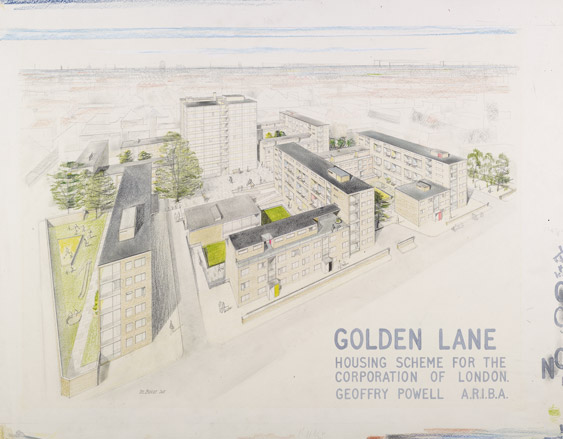
Perspective by Ian Baker of Geoffry Powell’s winning scheme
Receive our daily digest of inspiration, escapism and design stories from around the world direct to your inbox.
Jonathan Bell has written for Wallpaper* magazine since 1999, covering everything from architecture and transport design to books, tech and graphic design. He is now the magazine’s Transport and Technology Editor. Jonathan has written and edited 15 books, including Concept Car Design, 21st Century House, and The New Modern House. He is also the host of Wallpaper’s first podcast.
-
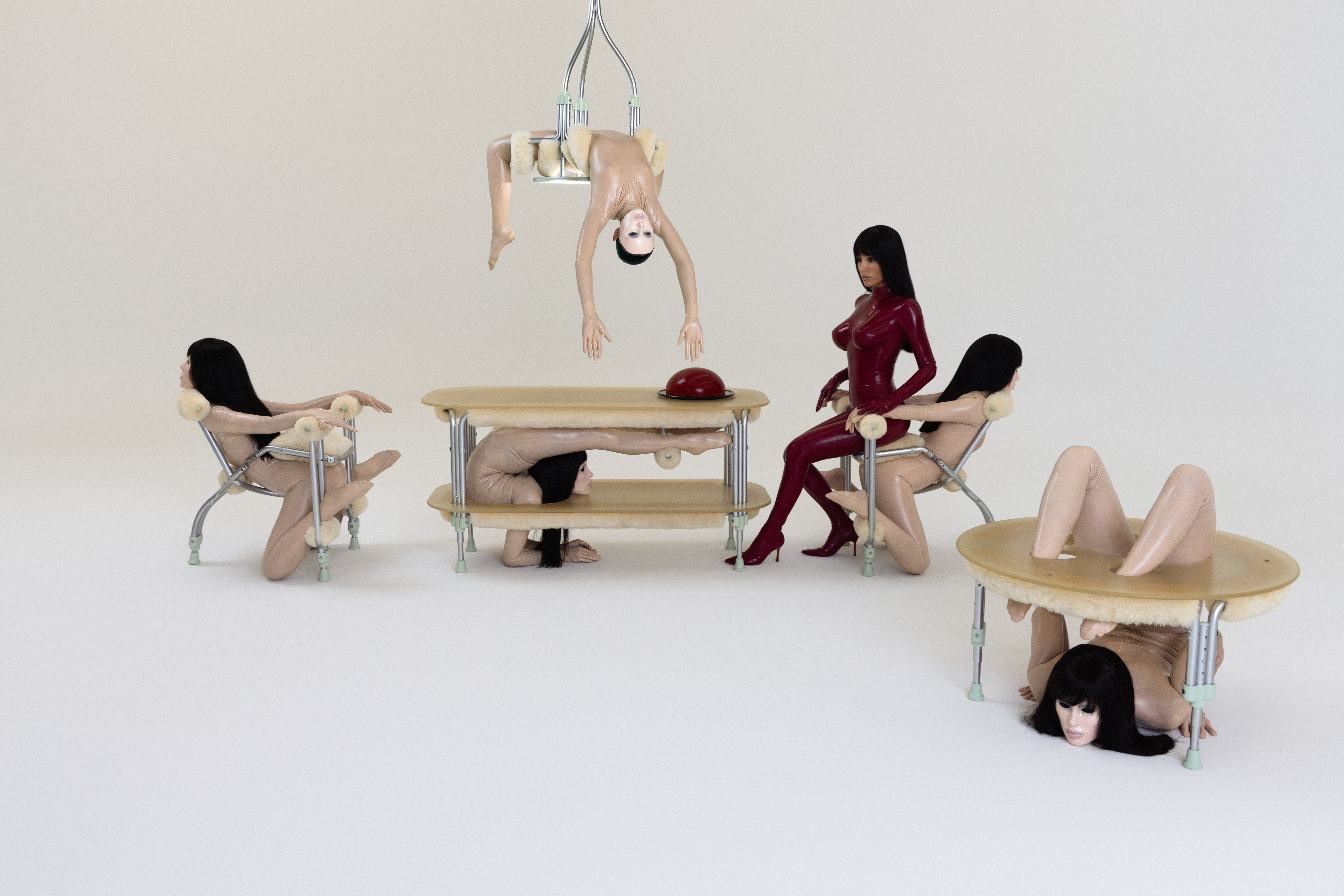 Eight questions for Bianca Censori, as she unveils her debut performance
Eight questions for Bianca Censori, as she unveils her debut performanceBianca Censori has presented her first exhibition and performance, BIO POP, in Seoul, South Korea
-
 How to elevate a rental with minimal interventions? Charu Gandhi has nailed it with her London home
How to elevate a rental with minimal interventions? Charu Gandhi has nailed it with her London homeFocus on key spaces, work with inherited details, and go big on colour and texture, says Gandhi, an interior designer set on beautifying her tired rental
-
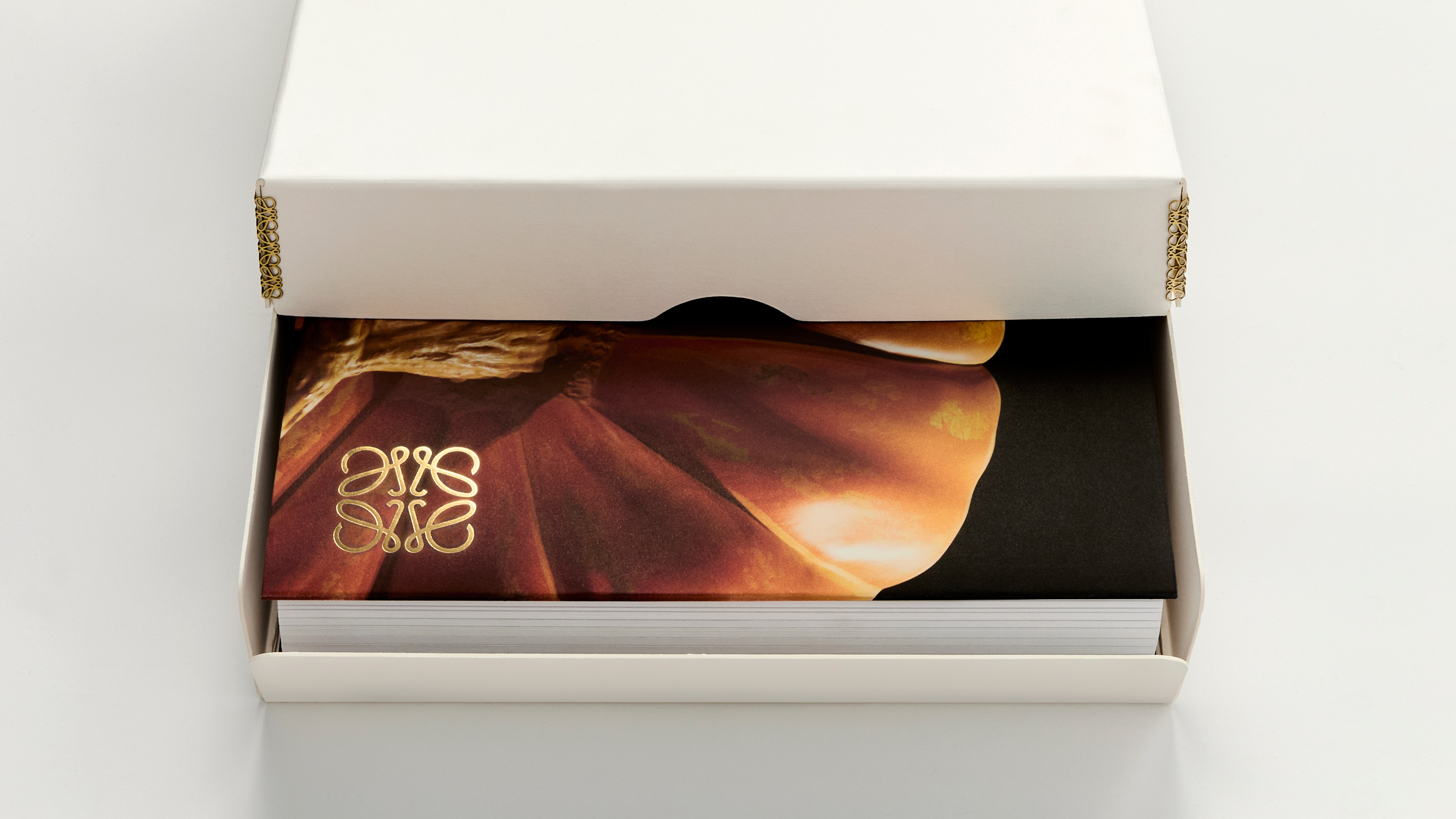 These fashion books, all released in 2025, are the perfect gift for style fans
These fashion books, all released in 2025, are the perfect gift for style fansChosen by the Wallpaper* style editors to inspire, intrigue and delight, these visually enticing tomes for your fashion library span from lush surveys on Loewe and Louis Vuitton to the rebellious style of Rick Owens and Jean Paul Gaultier
-
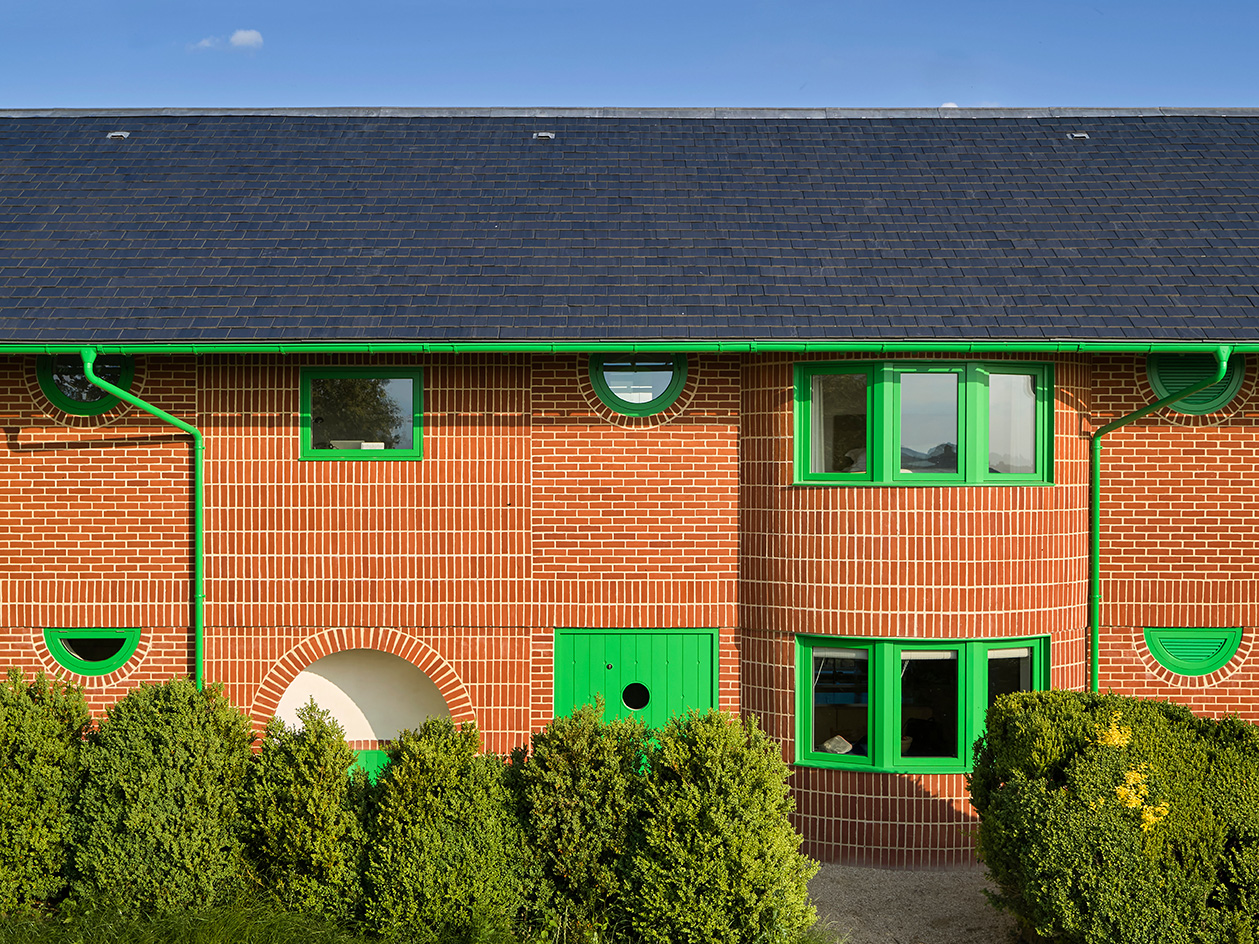 David Kohn’s first book, ‘Stages’, is unpredictable, experimental and informative
David Kohn’s first book, ‘Stages’, is unpredictable, experimental and informativeThe first book on David Kohn Architects focuses on the work of the award-winning London-based practice; ‘Stages’ is an innovative monograph in 12 parts
-
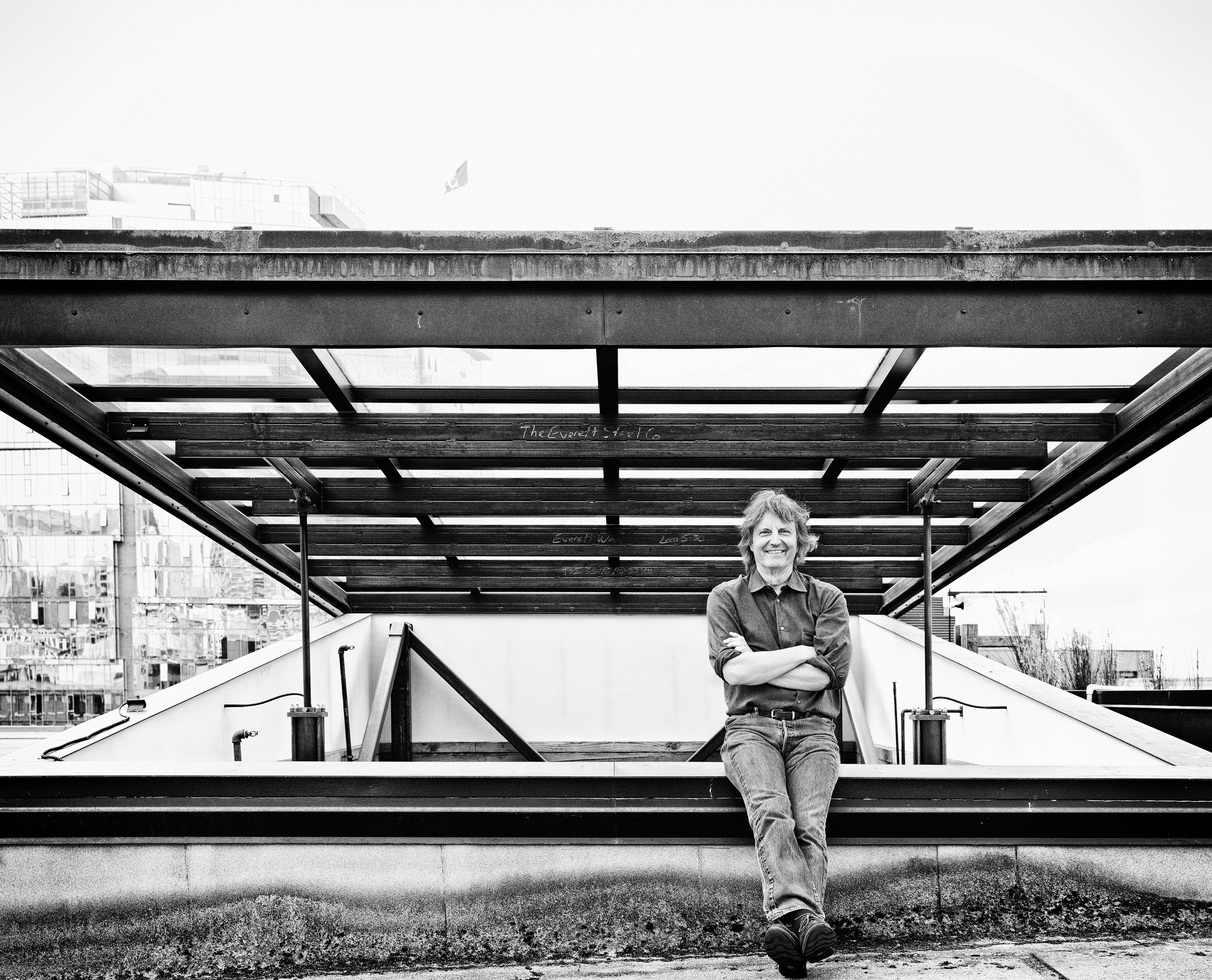 Explore Tom Kundig’s unusual houses, from studios on wheels to cabins slotted into boulders
Explore Tom Kundig’s unusual houses, from studios on wheels to cabins slotted into bouldersThe American architect’s entire residential portfolio is the subject of a comprehensive new book, ‘Tom Kundig: Complete Houses’
-
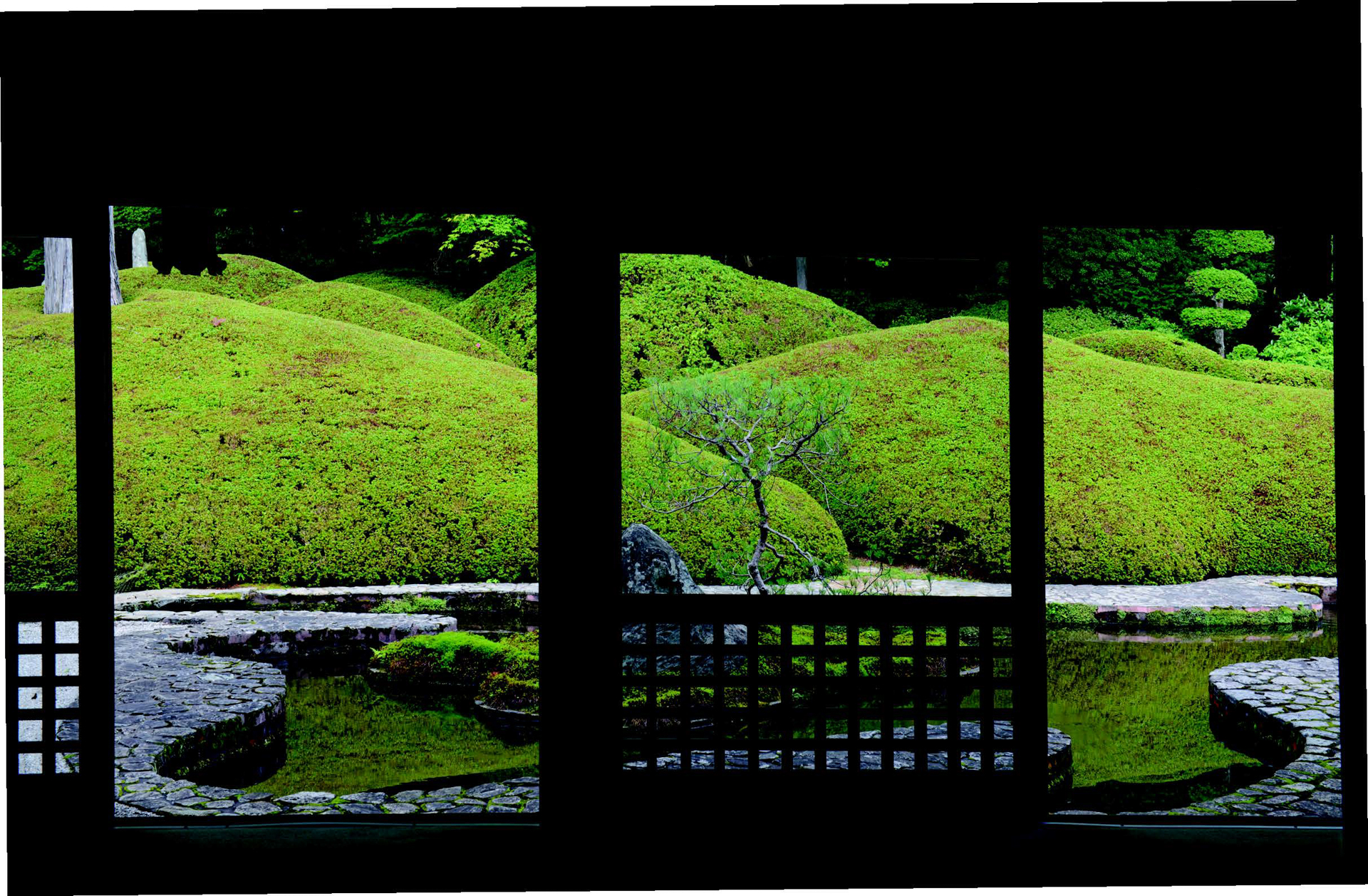 A new photo book explores the symbolic beauty of the Japanese garden
A new photo book explores the symbolic beauty of the Japanese garden‘Modern Japanese Gardens’ from Thames & Hudson traces the 20th-century evolution of these serene spaces, where every element has a purpose
-
 Modernist Travel Guide: a handy companion to explore modernism across the globe
Modernist Travel Guide: a handy companion to explore modernism across the globe‘Modernist Travel Guide’, a handy new pocket-sized book for travel lovers and modernist architecture fans, comes courtesy of Wallpaper* contributor Adam Štěch and his passion for modernism
-
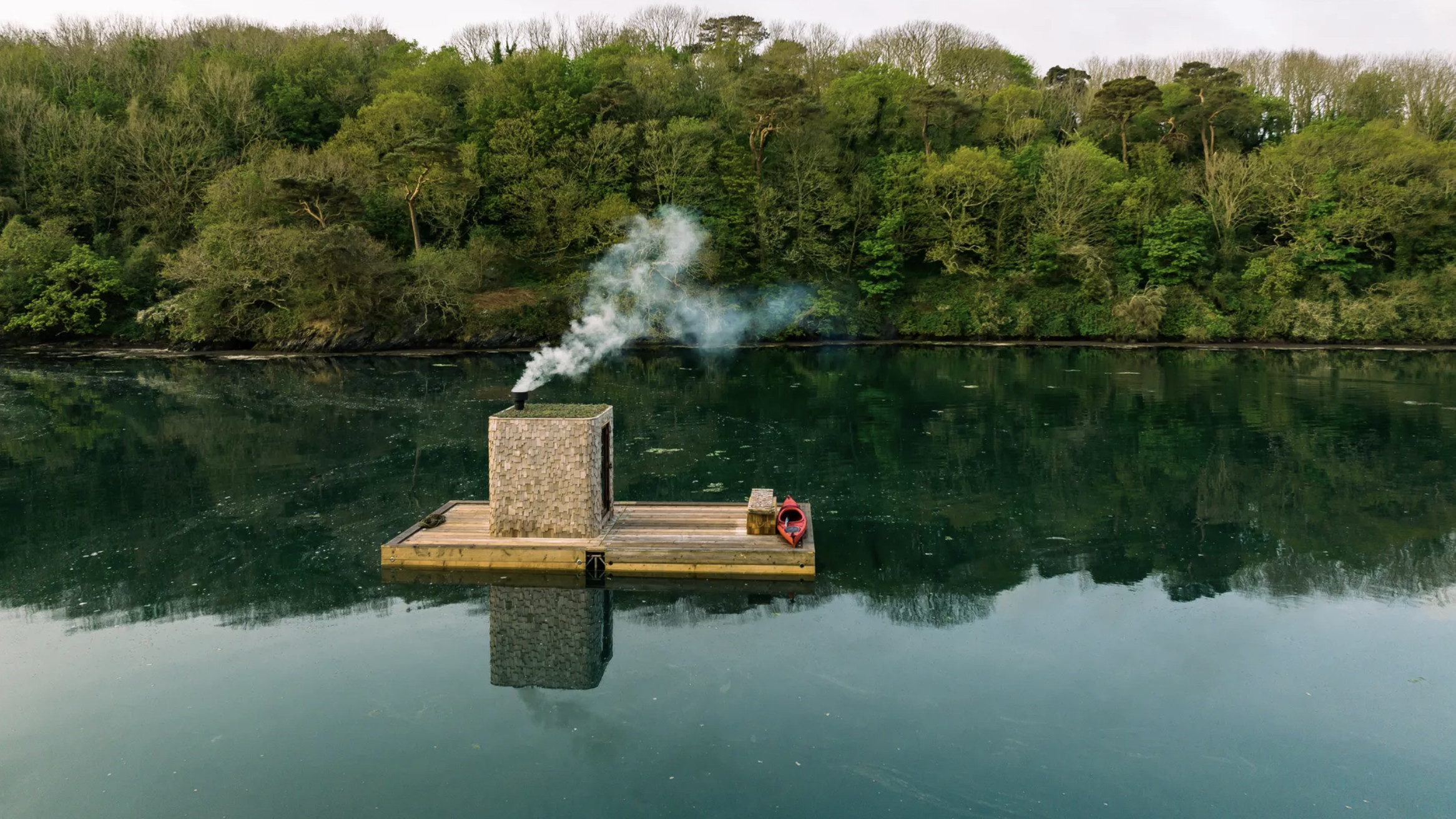 Wild sauna, anyone? The ultimate guide to exploring deep heat in the UK outdoors
Wild sauna, anyone? The ultimate guide to exploring deep heat in the UK outdoors‘Wild Sauna’, a new book exploring the finest outdoor establishments for the ultimate deep-heat experience in the UK, has hit the shelves; we find out more about the growing trend
-
 Ten contemporary homes that are pushing the boundaries of architecture
Ten contemporary homes that are pushing the boundaries of architectureA new book detailing 59 visually intriguing and technologically impressive contemporary houses shines a light on how architecture is evolving
-
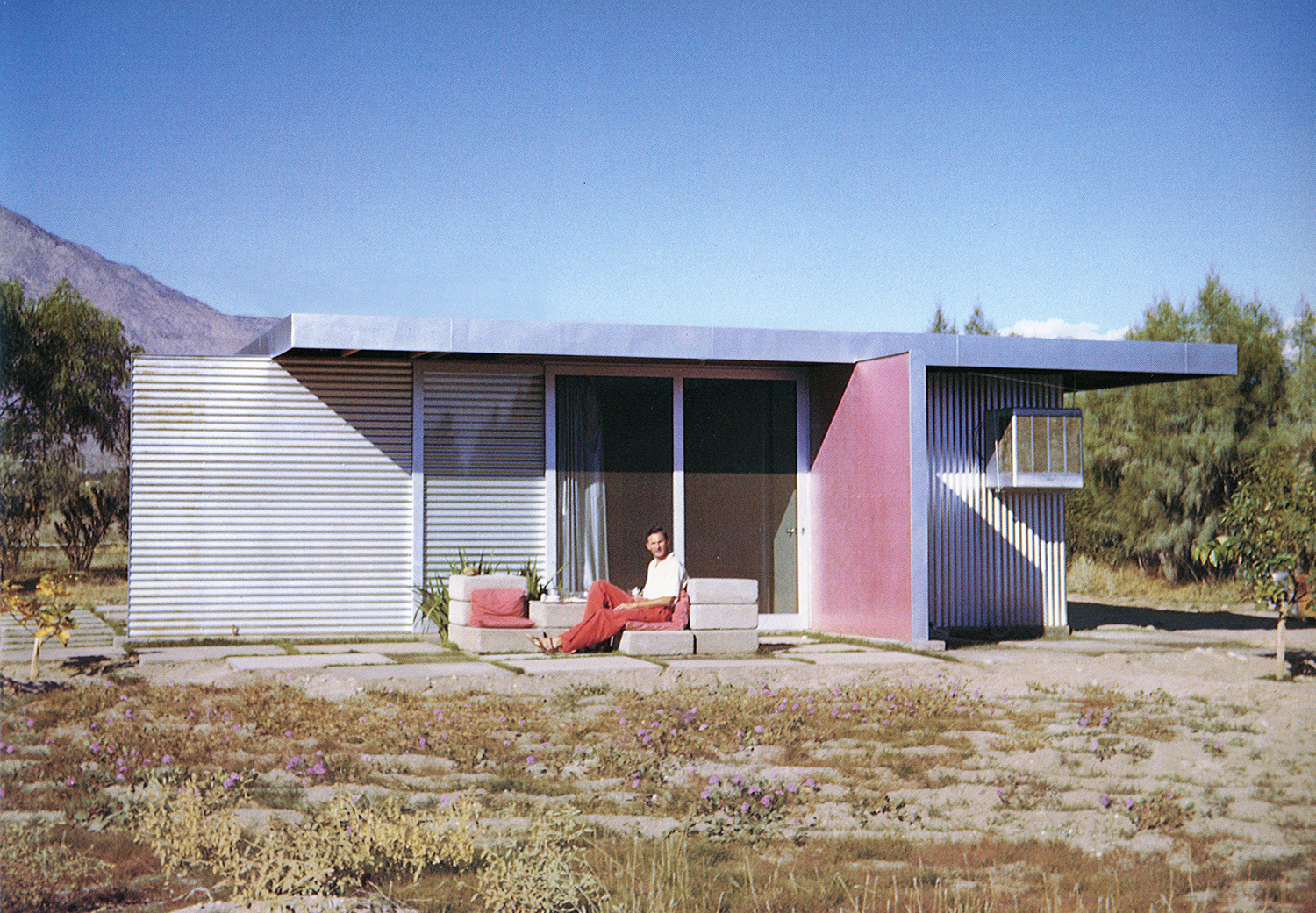 Take a deep dive into The Palm Springs School ahead of the region’s Modernism Week
Take a deep dive into The Palm Springs School ahead of the region’s Modernism WeekNew book ‘The Palm Springs School: Desert Modernism 1934-1975’ is the ultimate guide to exploring the midcentury gems of California, during Palm Springs Modernism Week 2025 and beyond
-
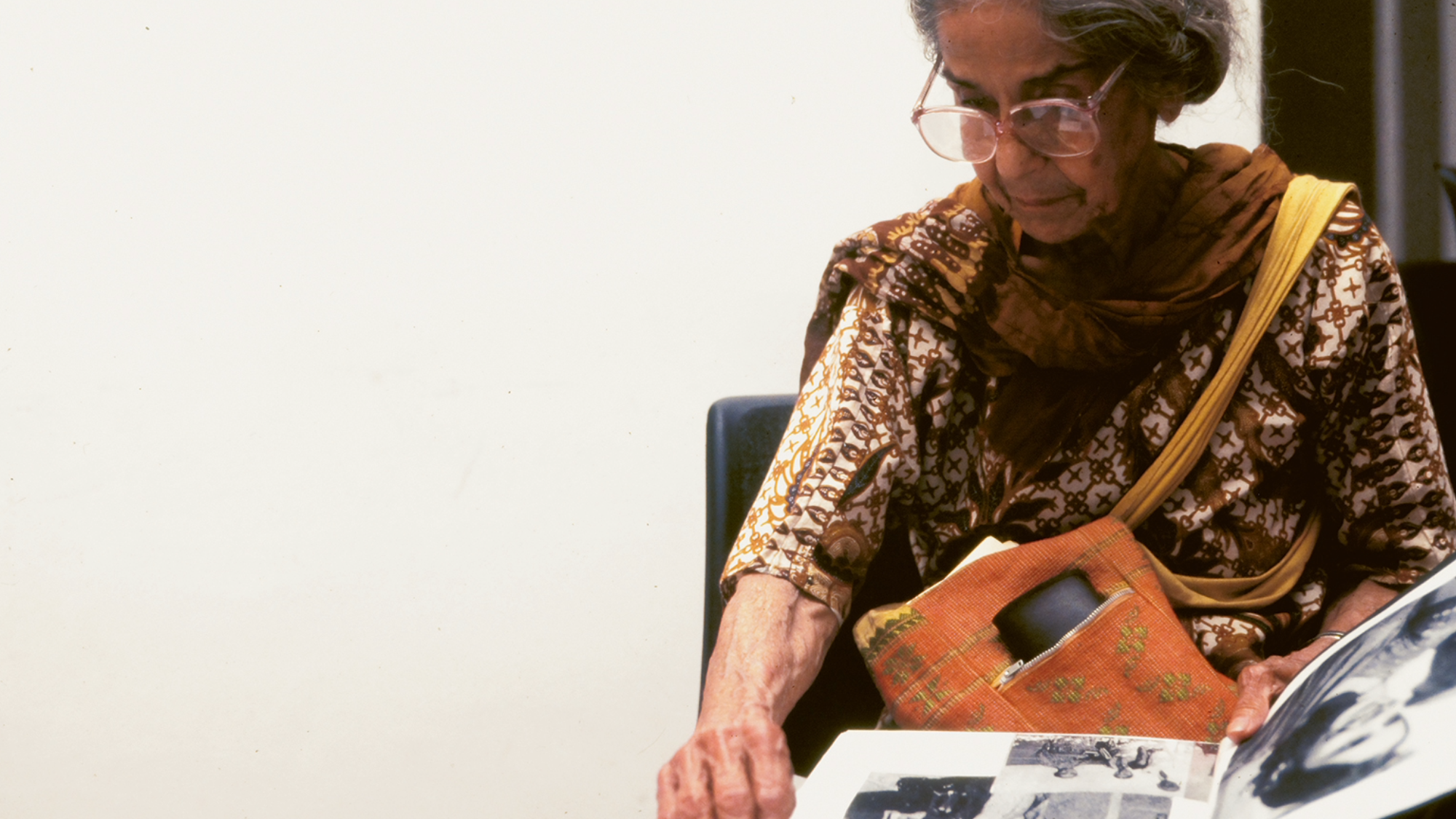 Meet Minnette de Silva, the trailblazing Sri Lankan modernist architect
Meet Minnette de Silva, the trailblazing Sri Lankan modernist architectSri Lankan architect Minnette de Silva is celebrated in a new book by author Anooradha Iyer Siddiq, who looks into the modernist's work at the intersection of ecology, heritage and craftsmanship